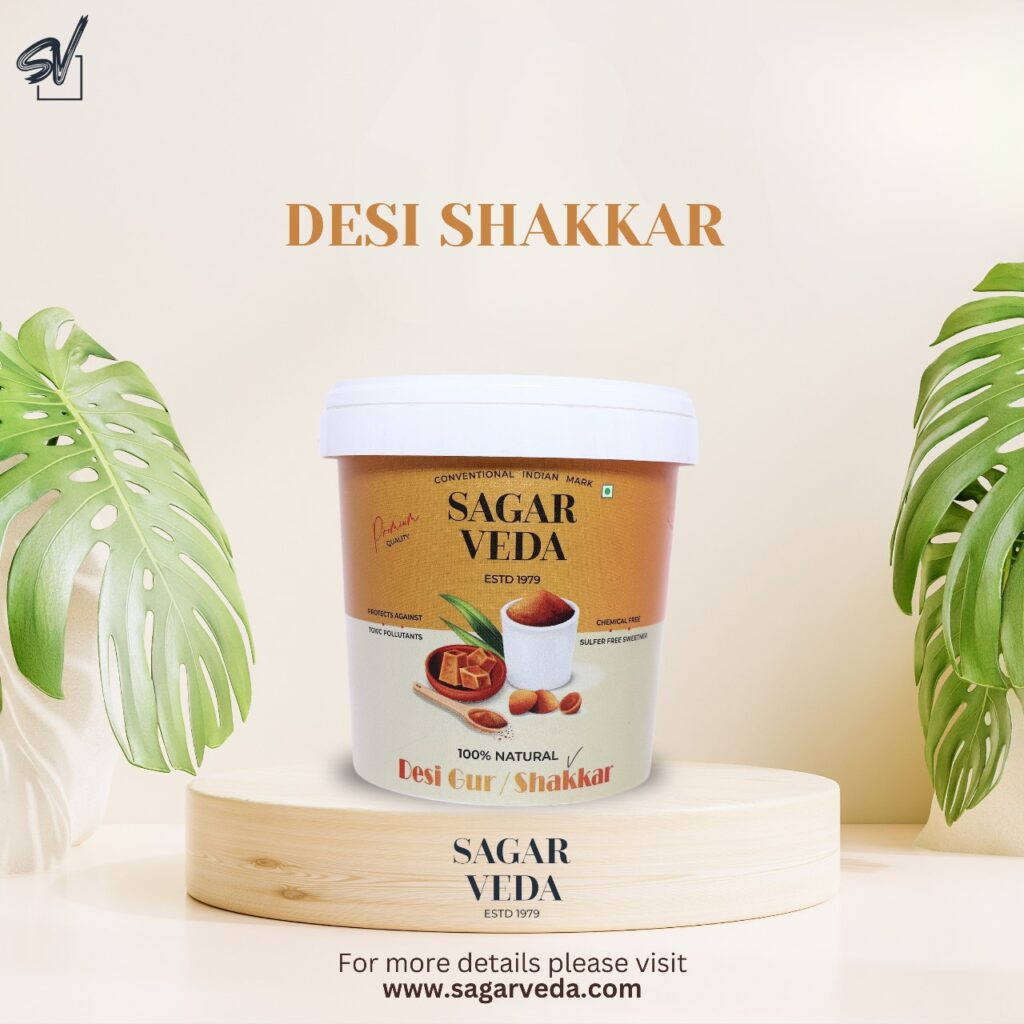Gir Cow Pure Ghee Overview
Gir cows, known for their high-quality milk and numerous health benefits, thrive on a carefully curated diet that includes over 50 different herbs and natural feed components. This holistic feeding approach not only supports the overall health and well-being of the cows but also enhances the nutritional quality of their milk. Here’s a detailed overview of this unique feeding practice.
Gir cow ghee is a traditional Indian clarified butter made from the milk of Gir cows, a breed known for its high-quality milk and numerous health benefits. The term “bilona” refers to the traditional method of churning that involves using a wooden churner to create ghee. This ancient process is believed to enhance the nutritional properties and flavor of the ghee.
Characteristics of Gir Cow Ghee
- Gir Cow Milk: Gir cows are indigenous to India, primarily found in the Gujarat region. Their milk is rich in fat and has a high concentration of beneficial nutrients.
- Bilona Churning Method Traditional Process: The milk is first fermented to make curd, which is then churned to separate the butter. This butter is then heated gently to remove moisture and impurities, resulting in ghee.
- Natural and Unrefined: This method preserves the natural goodness of the milk and retains beneficial properties that may be lost in commercial ghee production.
- Nutritional Profile Rich in Healthy Fats: Contains a high concentration of short-chain and medium-chain fatty acids, which are easier to digest.
- Vitamins: A good source of fat-soluble vitamins like A, D, E, and K2.
- Butyrate: Contains butyric acid, which supports gut health and has anti-inflammatory properties.
- Rich, Nutty Flavor: Gir cow ghee has a distinct aroma and taste, often described as nutty and creamy, making it a prized ingredient in Indian cuisine.
- Nutrient-Rich: The inclusion of over 50 herbs ensures a rich array of vitamins, minerals, and antioxidants, promoting overall health.
- Medicinal Properties: Many of these herbs have traditional medicinal uses, contributing to better digestion, immunity, and vitality.
- Organic Grains and Forages: The diet typically consists of organic grains, legumes, and high-quality forages, ensuring balanced nutrition.
- Sustainable Practices: Sourcing herbs and feed from local, sustainable farms supports eco-friendly practices and reduces the carbon footprint.
Key Herbs and Their Benefits
- Tulsi (Holy Basil) Known for its anti-inflammatory and antioxidant properties, tulsi supports respiratory health and boosts immunity.
- Ashwagandha A powerful adaptogen, it helps reduce stress and improve vitality, enhancing the overall well-being of the cows.
- Amla (Indian Gooseberry) Rich in vitamin C, amla promotes healthy digestion and boosts the immune system.
- Neem Renowned for its antibacterial and anti-parasitic properties, neem helps maintain skin health and prevents infections.
- Turmeric Contains curcumin, which has anti-inflammatory and antioxidant benefits, supporting joint health and overall vitality.
- Ginger Aids digestion and improves circulation, contributing to the overall health of the cow.
- Fenugreek Rich in fiber and nutrients, fenugreek can improve digestion and enhance milk production.
Benefits of a Herbal and Natural Diet
- Enhanced Milk Quality Cows fed a diverse herbal diet produce milk that is richer in nutrients, flavors, and bioactive compounds, which can benefit consumers.
- Improved Digestive Health The combination of herbs and natural feed helps promote healthy digestion, reducing the risk of gastrointestinal issues.
- Stronger Immunity The antioxidant-rich herbs enhance the immune system, helping cows resist diseases and infections.
- Better Overall Health A balanced diet with herbal supplements contributes to improved vitality, energy levels, and reproductive health.
- Sustainable Farming Practices This feeding approach encourages the use of sustainable farming methods, benefiting the environment and promoting animal welfare.
Characteristics of Gir Cow Ghee
- Gir Cow Milk: Gir cows are indigenous to India, primarily found in the Gujarat region. Their milk is rich in fat and has a high concentration of beneficial nutrients.
- Traditional Process: The milk is first fermented to make curd, which is then churned to separate the butter. This butter is then heated gently to remove moisture and impurities, resulting in ghee.
- Natural and Unrefined: This method preserves the natural goodness of the milk and retains beneficial properties that may be lost in commercial ghee production.
- Rich in Healthy Fats: Contains a high concentration of short-chain and medium-chain fatty acids, which are easier to digest.
- Vitamins: A good source of fat-soluble vitamins like A, D, E, and K2.
- Butyrate: Contains butyric acid, which supports gut health and has anti-inflammatory properties.
- Rich, Nutty Flavor: Gir cow ghee has a distinct aroma and taste, often described as nutty and creamy, making it a prized ingredient in Indian cuisine.
Health Benefits of Gir Cow Ghee
- Digestive Health : The presence of butyric acid supports gut health, aiding digestion and promoting a healthy microbiome.
- Anti-Inflammatory Properties : Its anti-inflammatory effects can help reduce inflammation in the body, potentially benefiting conditions like arthritis.
- Nutrient Absorption : Ghee enhances the absorption of fat-soluble vitamins from other foods, improving overall nutrition.
- Skin and Hair Care : Used topically, ghee can moisturize skin and hair, offering hydration and nourishment.
- Heart Health : In moderation, the healthy fats in ghee can support cardiovascular health and may help in maintaining good cholesterol levels.
- Energy Source : The medium-chain fatty acids provide a quick source of energy, making ghee a popular choice for athletes and those with active lifestyles.
Culinary Uses
Cooking and Baking : Ideal for sautéing, frying, and baking, thanks to its high smoke point (around 485°F or 252°C), which prevents it from breaking down and producing harmful compounds.
- Flavor Enhancer : Used as a finishing touch in dishes like dals, curries, and rice, adding depth of flavor.
- Traditional Foods : Often used in Indian sweets and festive dishes, where its rich flavor is essential.
Why Choose Bilona Churned Sagar Veda Gir Cow Ghee?
- Nutritional Superiority : The bilona method preserves more nutrients compared to commercially processed ghee, making it a healthier choice.
- Traditional and Authentic : The traditional churning method reflects age-old practices, ensuring authenticity and quality.
- Versatile Ingredient : Its rich flavor and health benefits make it suitable for a wide range of culinary applications.
- Ethical Sourcing : Many producers of Gir cow ghee follow sustainable and ethical practices, ensuring the welfare of the cows and the quality of the product.
Conclusion
Gir cow ghee, especially when bilona churned, is a nutrient-rich, flavorful fat with a host of health benefits. Its traditional preparation method enhances its qualities, making it a valuable addition to both culinary and wellness practices. Whether used in cooking, as a health supplement, or in beauty routines, Gir cow ghee is celebrated for its rich heritage and numerous advantages.









Reviews
There are no reviews yet.